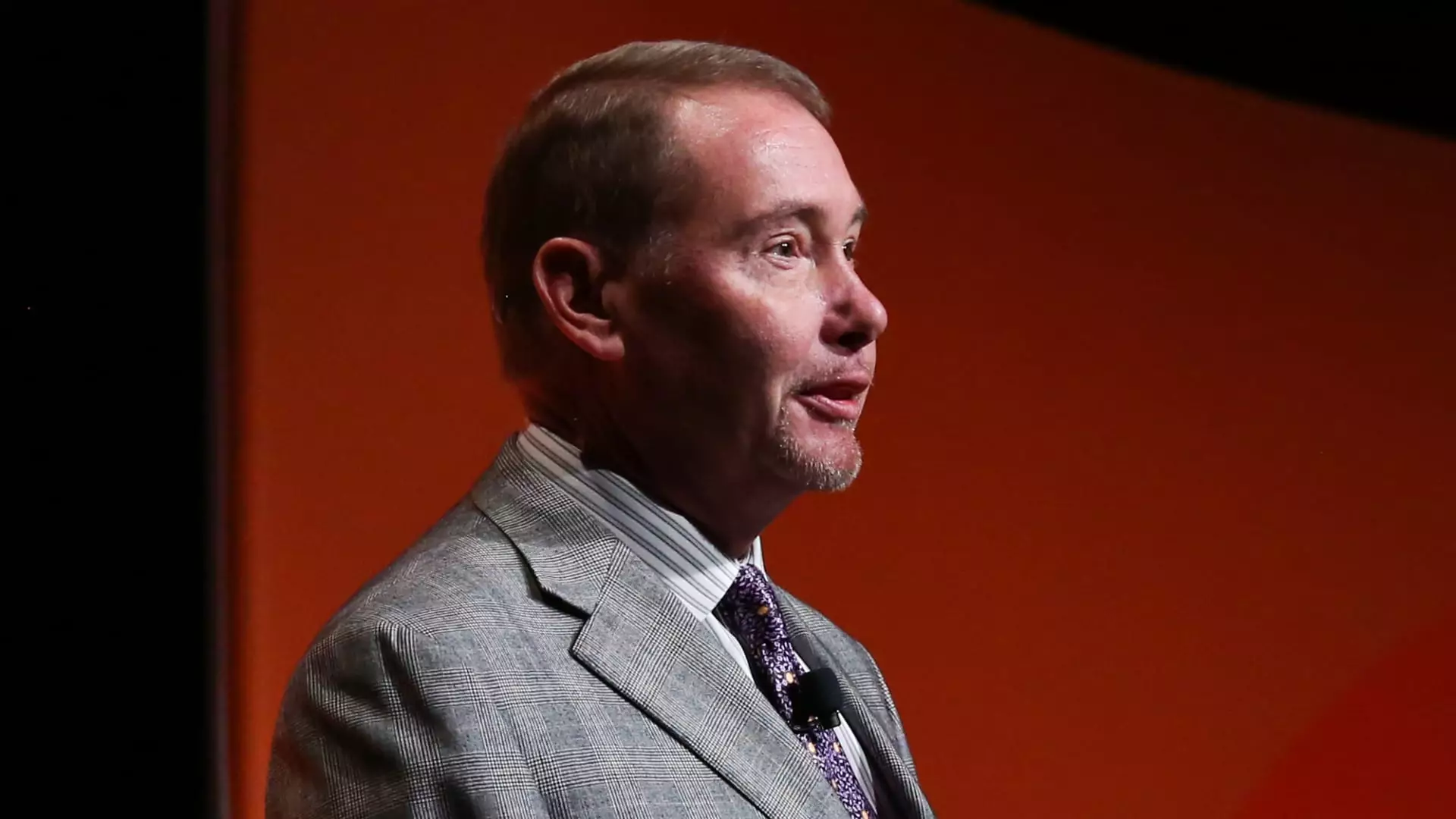In the ever-evolving landscape of economic signaling and monetary policy, prominent voices often provide critical perspectives that challenge existing paradigms. Jeffrey Gundlach, the CEO of DoubleLine Capital, has recently emerged as a notable critic of the Federal Reserve’s (Fed) approach to managing inflation. In a recent investor webcast, Gundlach articulated a clear belief that the Fed is not fully grasping the complexities of the economic situation, akin to a character fumbling through life without clear sight, much like Mr. Magoo. His remarks suggest that the Fed’s reactive nature may hinder its ability to adopt a long-term, strategic approach to monetary policy.
Gundlach’s critique centers on what he perceives as the Fed’s excessive focus on short-term data. This approach may result in hasty reactions to recent economic indicators rather than a comprehensive understanding of underlying trends. Referring to the recent consumer price index (CPI) data, Gundlach highlighted the ongoing upward movement in inflation over the past five months, signaling that the Fed might be falling into a pattern of short-term thinking that overlooks the bigger, long-term picture. The CPI report indicated a seasonally adjusted monthly increase of 0.4%, yielding a year-over-year inflation rate of 2.9%. By focusing strictly on these immediate statistics, Gundlach argues that the Fed risks losing sight of its essential goal: achieving a sustainable inflation rate of 2%.
Moreover, Gundlach’s analysis extends to how the Fed’s rate-cutting actions have shaped market expectations. Following a full percentage point cut in benchmark rates since September, with a striking half-point reduction during that period, the Fed now finds itself adapting to a more sobering market outlook. The shift from anticipating aggressive rate cuts to a more modest expectation of one cut in 2025 illustrates a significant pivot in market sentiment. Gundlach suggests that this transition reflects a broader uncertainty, wherein the Fed appears to align itself with market expectations amid dwindling signals for further changes in monetary policy.
As the Fed looks towards its upcoming meetings, including the crucial January 28-29 gathering, the implications of Gundlach’s commentary travel far beyond mere numbers. They echo a critical need for a reassessment of how monetary policy is strategized and communicated to the public and investors. With current futures pricing implying a near certainty that the Fed will maintain the status quo, Gundlach’s insights highlight a potential stagnation in the Fed’s ability to respond effectively to a dynamic economic landscape.
Ultimately, Gundlach’s reflections serve as a call to action for the Federal Reserve and policymakers alike. Embracing long-term strategies while remaining vigilant of short-term fluctuations is essential to navigating the complexities of monetary policy. As economic indicators continue to shift, the Fed’s ability to transcend short-term reactions in favor of a comprehensive and forward-thinking strategy will be vital in promoting sustainable economic growth and stability.

